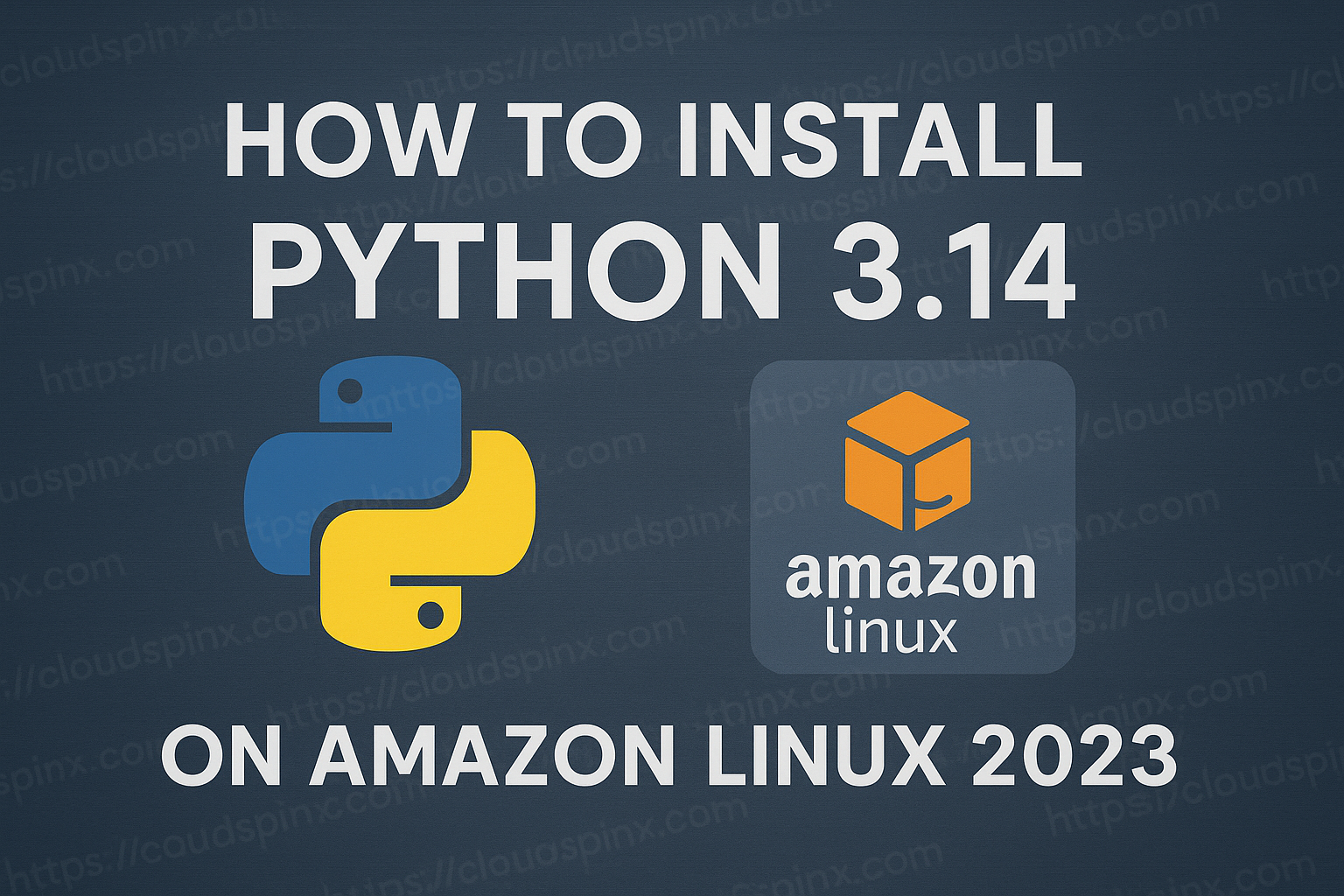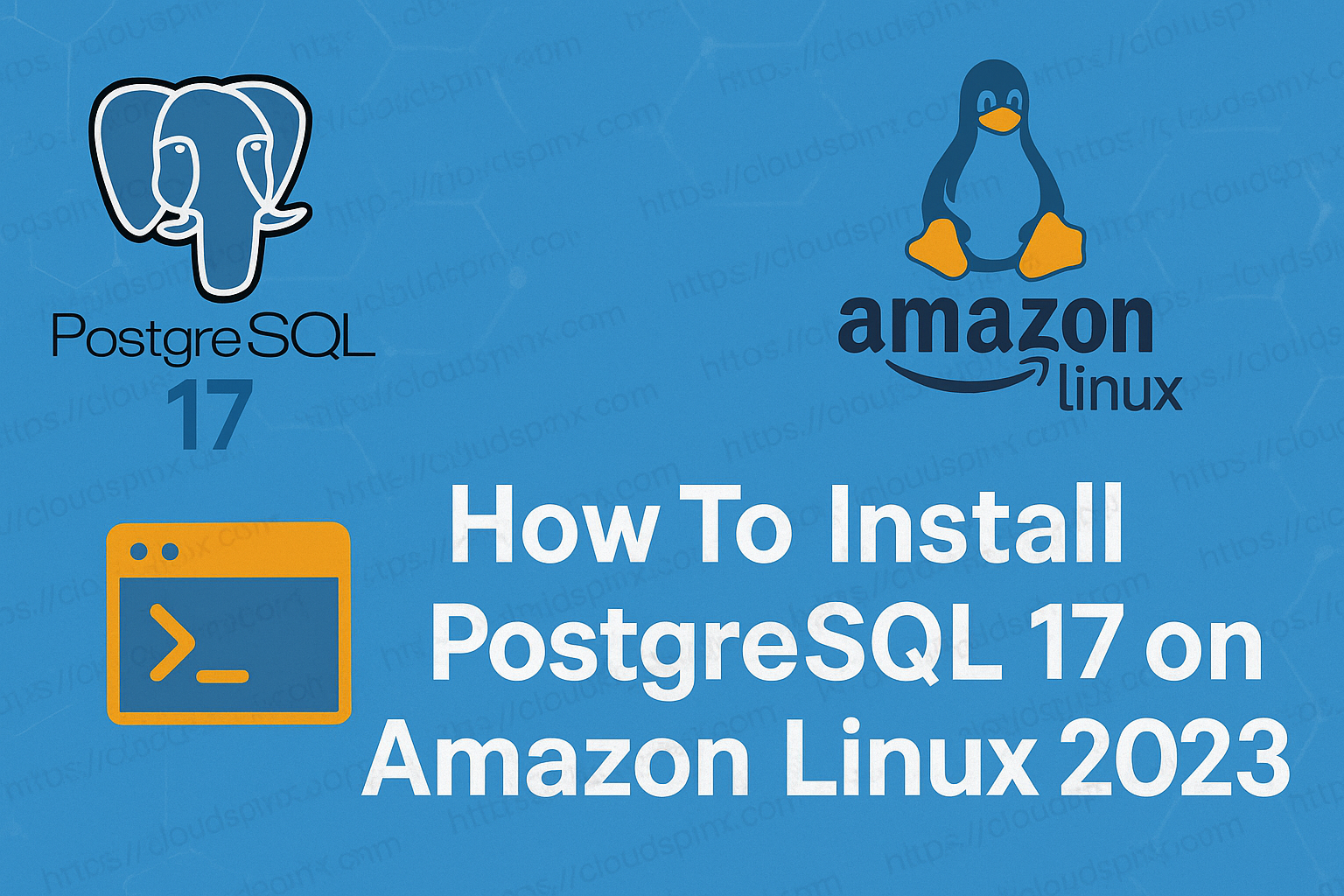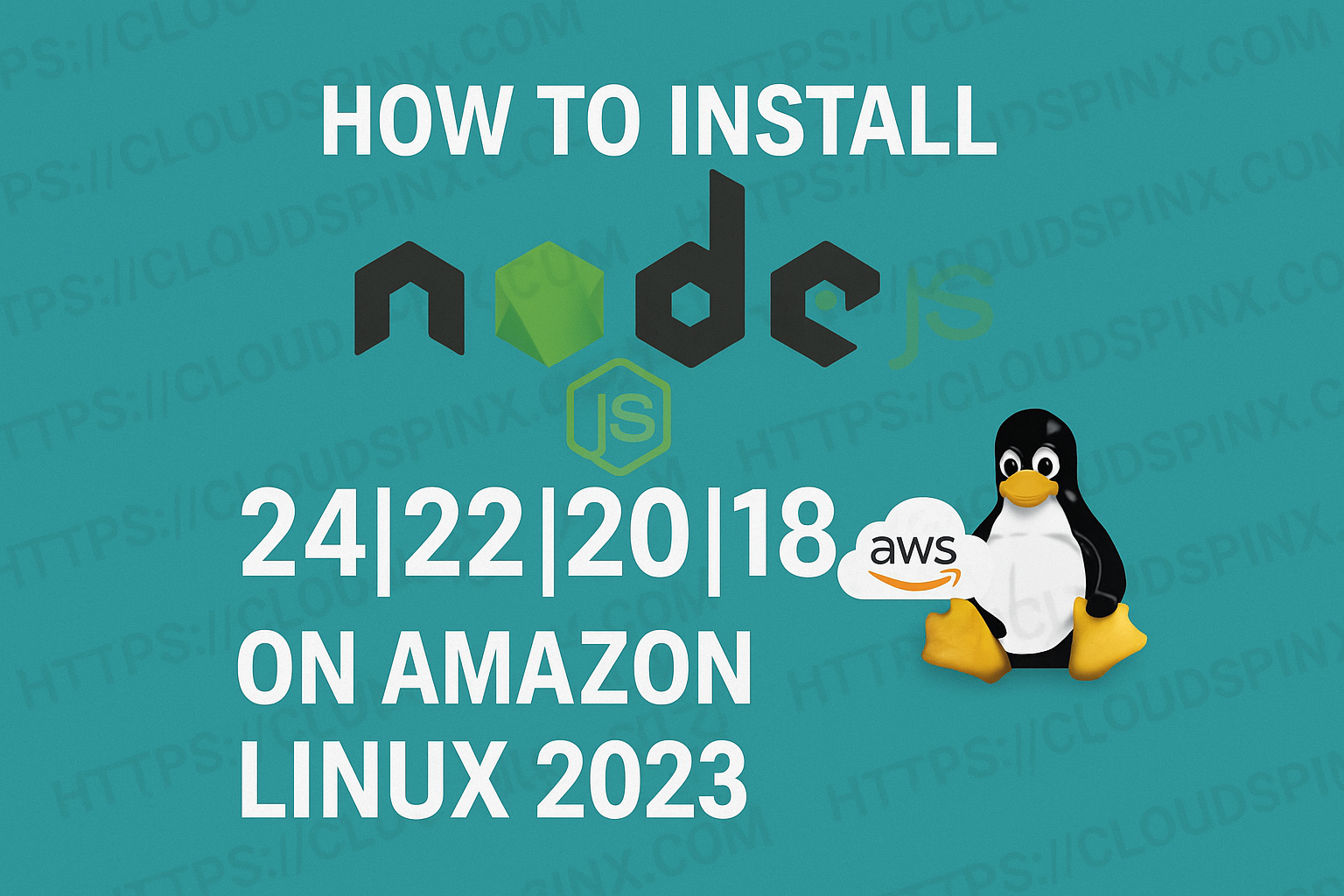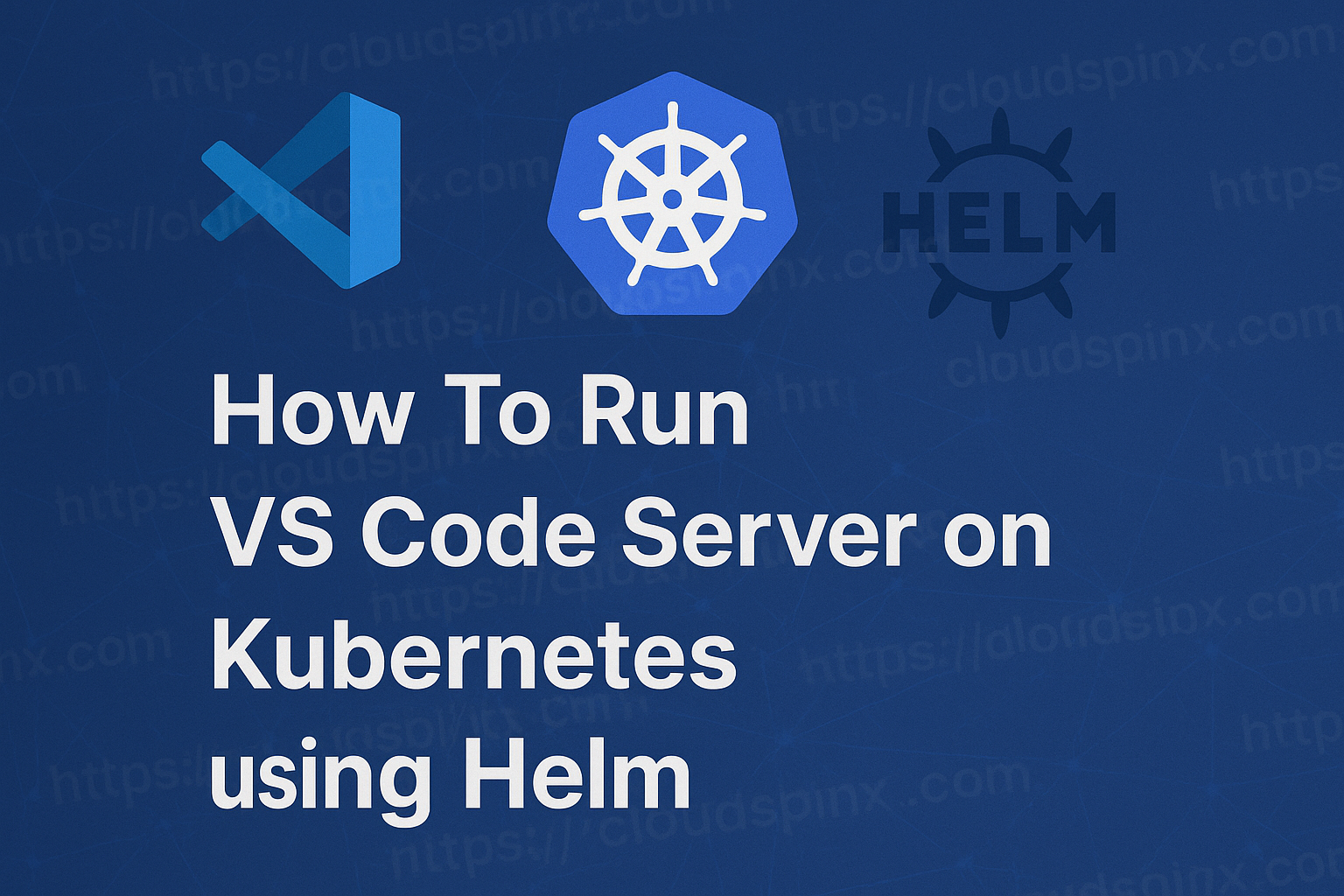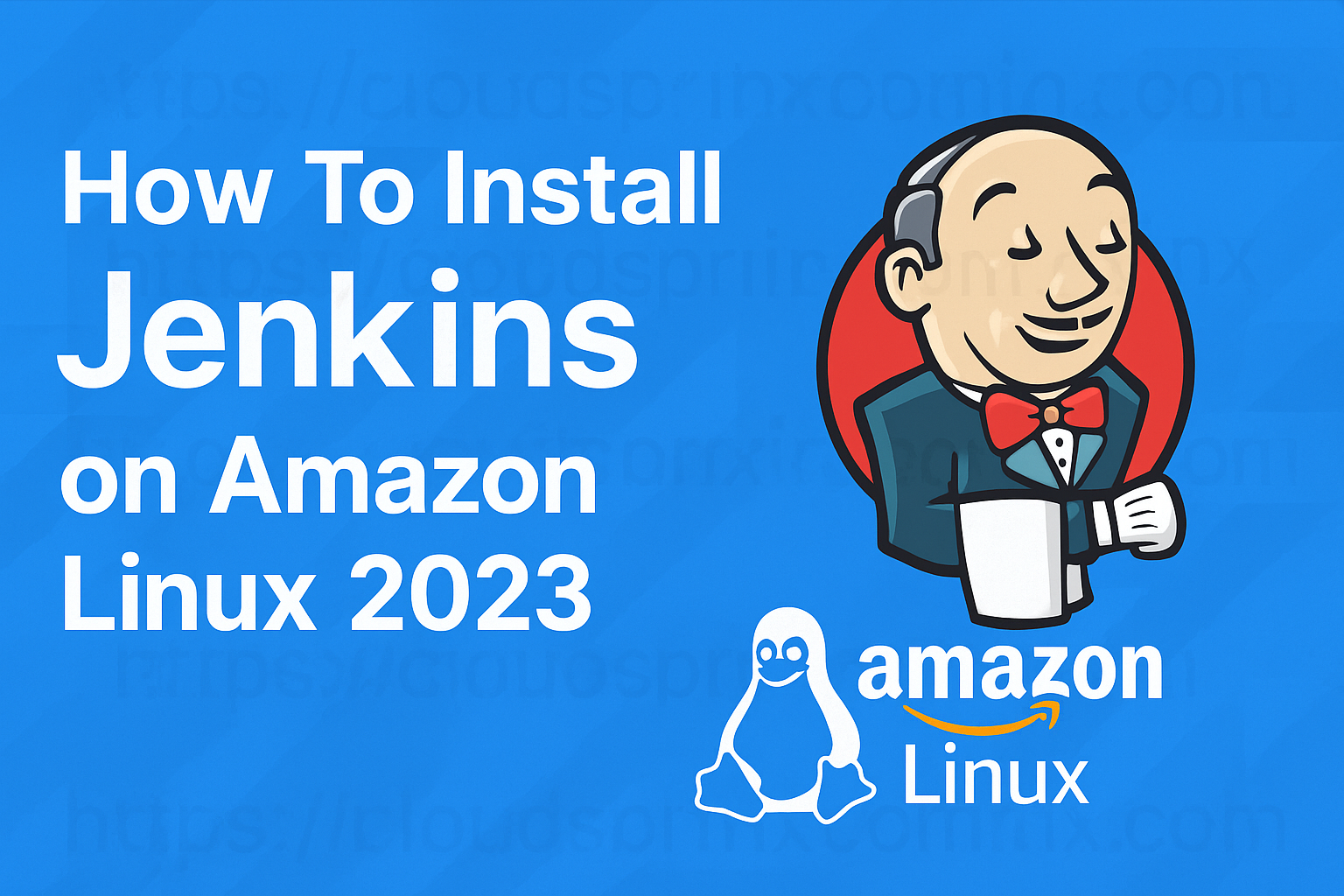Technology is essential in this present day and has become integrated into our daily lives. Most tasks are now completed quickly and more efficiently, which has led to increased productivity in most businesses. Tech is highly adopted in the software development industries and has caused noticeable growth in recent years. Moreover, modern businesses, employees, customers, investors, clients, and end users demand regularly updated software. In this regard, there is a great need for more tools and techniques that make the software development process easier and leads to the production of quality and updated releases. Adopting CI/CD pipeline is one of the ways the DevOps teams and software engineers can accelerate their delivery and release software with outstanding features as fast as possible. This article will discuss more on CI/CD pipeline and the best books you should read to master this approach with interesting tools and frameworks that will increase the overall software delivery process.
What is CI/CD Pipelines?
Time flies, and changes happen. Things are now done differently, especially with the introduction and adoption of technology. Some years back, the software development process was hectic; many bugs and errors delayed the procedures. Thus, the software quality was affected in the traditional setup due to issues, and the testing stage was too long. In that case, the delivery was slow, and the developers would take a lot of time before releasing new software versions. After looking through these problems, there was a need for an approach that would yield better and outstanding results: CI/CD.
CI stands for Continuous Integration, while CD means Continuous Delivery/Deployment, though collectively known as CI/CD. CI is the automatic integration of the developers’ code changes into a single codebase. It is an important practice that allows multiple developers to receive feedback and work on any problem or issue as soon as possible. One of the major aims of continuous integration is searching and addressing bugs faster, quickening the code integration process among multiple developers, and enhancing the overall quality of the software.
Therefore, the CI/CD pipeline is the steps taken to deliver new software versions by automation. It involves practices that drive the software development life cycle through different paths, including building, testing, deployment, and others. With CI/CD pipelines, there is more emphasis on continuous integration, delivery, and continuous deployment/delivery practices.
Major Benefits of CI/CD Pipelines
- Enhanced Mean Time To Resolution (MTTR): With CI/CD, there is more visibility, and the DevOps team can quickly spot an issue and fix it as quickly as possible. Mean Time To Resolution plays a huge part by providing the ability to resolve issues found during the software development processes.
- Faster Releases: Continuous integration and continuous delivery/deployment lead to faster releases after the code is tested and kept in a release-ready state. CI/CD pipeline helps organizations achieve the dream of multiple daily releases. Thus the DevOps teams can easily build, test and deploy features without manual intervention.
- Prime Team Transparency and Accountability: By automating the software development procedure, CI/CD pipeline ensures rapid feedback to the developers’ teams and the customers. With this kind of transparency, there are fewer issues, and the product managers can check the status and track accountability when needed.
- Less Manual Effort: In software development, manual methods are time-consuming and overwhelming. Therefore, CI/CD pipelines are essential as they automate the processes, thus reducing the chances of human errors that can occur during software building, testing, and deployment.
- Ensures code quality: With the help of the CI/CD pipelines, it is possible to automate tests on multiple codes and ensure there are no errors, issues, or bugs that would interfere with the overall quality of the software. The CI/CD approach ensures zero chances of introducing a regression by addressing problems at the early stages of development.
- Outstanding Rollbacks: One of the most essential benefits of CI/CD is rolling back changes faster. You can instantly return to the previous state if there is an error in the current code. Careful implementation of the CI/CD pipelines will expose you to version control and let you roll back to earlier stable versions when needed.
Need for learning CI/CD pipelines
“Knowledge is the eye of desire and can become the pilot of the soul,” by Will Durant. Learning will help you acquire your desires and the skillset you have always wanted. But you need the right guidance and learning to make this possible. One of the essential learning materials you should use to master CI/CD pipelines is books. In this article, we have discussed and reviewed the top most-rated books that you should use to retain CI/CD pipeline knowledge in your brain. These books are written by experienced authors who are gifted in ensuring experts and beginners in this field grasp as much knowledge as possible. Remember that CI/CD has become essential to successful DevOps implementations and leads to error-free software products. Gaining skills in this area will make you a reputable person in your organization, and you can earn a promotion or a better-paying job.
Best Books for Learning CI/CD Pipelines
Let’s dig deep into the top-rated books that will help you master CI/CD pipelines:
1. Automating DevOps with GitLab CI/CD Pipelines
CI/CD pipelines contribute a huge part to the software development life cycle and help the developers develop quality code and save time. It is possible to manually execute the testing, production, and building processes, but there is more value produced by CI/CD pipeline through automation. Automating DevOps with GitLab CI/CD Pipelines is an outstanding book that will take you through the best practices and troubleshooting methods that will make your DevOps career better. You will be introduced to building effective CI/CD pipelines to secure, verify and deploy codes.
Christopher Cowell, Nicholas Lotz, and Chris Timberlake are the authors of this book and are dedicated to equipping you with your dream skills through well-organized topics, detailed content, and real-life examples. Keep in mind that CI/CD is the backbone of DevOps, and it brings the developers and IT operations team together as they create and deploy software. Hence, when you learn using this book, you will acquire knowledge that will elevate your career and gain hands-on skills to smoothen your software development journey. Also, the impressive content in this book will show you how to reap the power of GitLab CI/CD pipelines in all the SDLC stages. Dive deep into this book to master code implementation, deployment, and development conducted proficiently by the GitLab CI/CD pipelines. It is a helpful book for DevOps/DevSecOps engineers, release engineers, quality assurance engineers, application developers, security engineers, SREs, and system admins looking to upskill their CI/CD pipeline skills using Gitlab.
After going through this book’s content, you will :
- Learn how to create, view, and run GitLab CI/CD pipelines
- Explore and gain insights into the essentials of Git, GitLab, and DevOps
- Understand how to verify, secure, and deploy code with GitLab CI/CD pipelines
- Configuring and using GitLab Runners to execute CI/CD pipelines
- Learn advanced GitLab CI/CD pipeline features such as DAGs and conditional logic
- Have a chance to follow outstanding practices and troubleshooting methods of GitLab CI/CD pipelines
- Implement end-to-end software development lifecycle workflows with examples
2. Continuous Delivery with Docker and Jenkins
Ensuring that the code you are working on is functionally correct and secure requires a lot of energy and is time-consuming. However, you can use CI/CD pipelines to make your job easier and error-free and take less time to produce the expected software. To gain more knowledge on this technique, consider learning from Continuous Delivery with Docker and Jenkins book. Rafał Leszko, a passionate software engineer, trainer, and speaker at international conferences, is determined to take you through the steps of highly secure applications by building CI/CD pipelines. Also, this book is an excellent source of information with interesting introductions to topics and detailed explanations of basic and complex topics.
Rafał Leszko has a beautiful way of discussing the advantages of combining Docker and Jenkins to enhance the Continuous Integrity and Continuous Delivery process in application development. You will enjoy the way the information is presented consistently and the question-answer content that walks you through building and running CI/CD environments. Notably, the experienced writer’s goal is to enhance DevOps workflow by incorporating the functionalities of Jenkins and Docker. Also, no prior experience in DevOps is needed; aspiring software engineers or professionals will smoothly flow with the content in the book.
Here is a summary of what you will cover in this book:
- How to dockerize an application for the CD process and docker fundamentals
- Understand how to use Jenkins on the Cloud environments
- Master how to scale a pool of Docker servers using Kubernetes
- Creating multi-container applications using Docker Compose
- Steps of writing acceptance tests using Cucumber and running them in the Docker ecosystem using Jenkins
- Publishing a built Docker image to a Docker Registry and deploying cycles of Jenkins pipelines using community best practices
3. Continuous Delivery
In any business setup, properly understanding the CI/CD pipeline is vital in keeping your company on par with other software organizations. Go through the major concepts and understand why the CI/CD pipeline matters from this Continuous Delivery book. Customers and end users always await the final product and do not expect non-functional software. To avoid disappointing them, use a method that will lead to a code free of bugs and supports fast delivery. In this book, you are taken through the technical practices and the automation you can integrate into your software development process to achieve incremental delivery of high quality.
Jezz Humble and David Farley provide the basics of continuous delivery to the readers before diving deep into complex topics. They aim to ensure that the concept of CI/CD pipelines is used in large and small projects to guarantee fast and maximum productivity in software development. Also, you will get introduced to deployment pipelines, referring to the automated procedure required to manage changes from check-in to release. You can employ the knowledge acquired from this book and reduce the risks and expenses incurred when delivering software to the users. Don’t forget that the author has a special way of reviewing key issues, identifying the essential practices, and discussing how to mitigate risks. With such knowledge, you will upskill and elevate your software development career and become confident working on real-world projects.
From the Continuous Delivery Book by Jez Humble and David Farley, you will learn the following:
- Learn how to Automate all facets of building, integrating, testing, and deploying software.
- Explore implementing deployment pipelines at team and organizational levels.
- Enhance collaboration between developers, testers, and operations.
- Learn developing features incrementally on large and distributed teams.
- Implement an effective configuration management strategy.
- Learn steps taken when automating acceptance testing, from analysis to implementation.
- Explore testing capacity and other non-functional requirements
- Implement continuous deployment and zero-downtime releases
- Manage infrastructure, data, components, and dependencies
- Navigate risk management, compliance, and auditing
4.Continuous Delivery Pipelines
Developer teams always seek techniques to automate manual steps, including integration, delivery, and deployment. Therefore, if you are in this field, consider using CI/CD pipelines that support modern software development and shorten the time consumed between coding and deployment. You can gain CI/CD skills by going through the Continuous Delivery Pipelines book that will enable you to match the speed of the businesses and achieve maximum productivity in your line of duty.
David Farley, a pioneer of Continuous Delivery and expert practitioner in CD, DevOps, and software development in general, is determined to teach you how to build better, high-quality software. He wants you to understand and master the art of always keeping the software in a releasable state through Continuous Delivery. Learn from the excellent examples of world-class pipeline practice and enhance your skills in Deployment pipelines. If you are passionate about software development and would like to speed up the process and deliver outstanding products, go through the 162 pages of this book to achieve your goals and those of the organization. Dave is experienced in this field and will help you improve the design and reliability of your software by sharing his expertise through this book.
Some of the topics covered in this Continuous Delivery Pipelines book include:
- How to build, use and enhance your Continuous Delivery Pipeline
- Explore and understand Continuous Delivery Deployment Pipeline
- Learn the key components and stages: Technical Testing, Acceptance Testing, Automation, Version Control, and Infrastructure as Code.
- Explore a step-by-step guide to get the best Deployment Pipeline for your software.
5. Continuous Integration
In the earlier days, there was the absence of tools that would enable frequent releases, and the software was being tested and delivered manually. However, digitization has introduced techniques and tools that allow automation in the software development sector. CI/CD(Continuous Integration Continuous Development) is one of the popular modern approaches that the DevOps or developers team utilizes to increase team productivity, discover defects as earlier as possible, and speed up the release cycles. Learn more about this excellent tool from Continuous Integration, a book that equips you with skills in enhancing software quality and reducing risk.
Paul M. Duvall, Steve Matyas, and Andrew Glover, authors of this book, will show you how to use Continuous Integration techniques and practices and incorporate them into your day-to-day development process. Dive deep into the concepts of CI from the ground up and move on to detailed content, such as effective processes performed by the CI systems. You are taught how to examine the current situation, use the CI principles where appropriate, and take your software development career to another level. Keeping in mind that after successful implementation of the continuous integration, as taught by the authors, there are benefits such as cost reductions, less time consumption, decreased risks, minimized manual processes, and leads to better project visibility.
Continuous Integration books cover the following:
- Making integration a “non-event” on your software development projects
- Reducing the number of repetitive processes you perform when building your software
- Explore the practices and techniques for using CI effectively with your teams
- Reducing the risks of late defect discovery, lack of visibility,low-quality software, and lack of deployable software
- Assessing different CI servers and related tools on the market
6. Pipeline as Code
There are tools in the software development industry that provide a quick win to the teams.CI/CD pipelines are one of the techniques that software engineers can utilize to improve delivery and deployment velocity and enable fast and reliable outcomes. DevOps teams and others who contribute to the success of a software or application should go through the Pipeline as Code book. Mohamed Labouardy, the author of this outstanding content, will walk you through Continuous Delivery using Jenkins, Docker, Terraform, and Kubernetes. This insightful book teaches you how to use the latest infrastructure as a code tool to quickly deliver software to the targeted market and deploy it faster.
Pipeline as Code book has 528 pages, with plenty of screenshots and code samples, which makes it readable to the learners. Also, all the images available are clear and appropriate; hence you will gain maximum knowledge of CI/CD pipelines without struggle. Notably, the author will carefully and systematically teach you how to create a collection of scripts that replace the dreary web UI found in most CI/CD systems. You will use Jenkins as the backbone to control the pieces of your pipeline using modern APIs. At the end of the book, you will have the confidence to swap UI-based adjustments with fully automated approaches.
Prepare to find the following topics in this book:
- How to build and deploy a Jenkins cluster on a scale
- Writing pipeline as code for cloud-native applications
- Ways of automating the deployment of Dockerized and serverless applications
- Deploying Jenkins on AWS, GCP, and Azure
- Key principles of a successful DevOps culture
- Explore managing, securing, and monitoring a Jenkins cluster in production
7. Continuous Integration, Delivery, and Deployment
CI/CD has drastically increased the velocity and quality of the software development life cycle. Developers can now create and deliver more features and releases as frequently as every week or multiple times daily. If you want to learn and gain skills in this sector, consider diving deep into Continuous Integration, Delivery, and Deployment book. Sander Rossel will walk you through the techniques to help you achieve reliable and faster software releases by automating the building, testing, and deployment process.
CI/CD can be complicated and daunting, but with the proper learning materials, you can grasp the basic and complex concepts. Sande is a passionate and professional developer who will walk you through aspects of Continuous Integration while using various tools and technologies. He has a simple writing style with many examples and straight-to-the-point explanations, which turns the whole concept into a breeze and negates the theory of CI/CD being a difficult and confusing topic. Also, you will acquire skills in the overview of CI using different programming languages such as JavaScript and C# and various tools, including Jenkins and Gulp. At the end of the book, you will improve your skills in implementing Continuous Delivery and deployment from scratch.
You will cover the following from this amazing book:
- Master all the aspects of Continuous Integration, Deployment, and Delivery
- Learn how Git can be used in a CI environment
- Set up browser tests with Karma and Selenium and unit tests using Jasmine
- Using Node.js, npm, and Gulp to automate tasks like linting, testing, and minification
- Understand different Jenkins jobs to integrate with Node.js and C# projects
- Learn how to perform Continuous Delivery and Deployment using Jenkins
- Get to know how to test and deliver a web API
In conclusion
Every organization wants to be attractive to potential hires and keep up to date with the fast-changing market. However, to achieve optimal productivity and acquire new clients, there is a need for highly skilled professionals. In software development environments, the IT team should equip themselves with the necessary skills to lead to the company’s success. One of the most popular and modern techniques DevOps or software engineers should adopt is the CI/CD pipelines. To implement this concept in your daily software development activities, you need to learn from informative and insightful resources. Thus, this article is a great fit for anyone who wants to master CI/CD pipelines and increase their velocity and quality in the development process. Go through the above books and acquire your dream skills and knowledge to elevate your career. Simply click on the Buy Now button to purchase the book of your choice.


